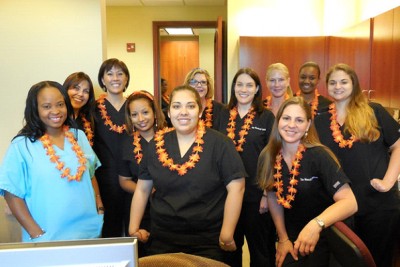The Woodruff Institute proudly sponsored the Girls on the Run of Collier County 5K. Girls on the Run is a youth development program which combines an interactive curriculum and running to inspire self-respect and healthy lifestyles in pre-teen girls. Girls celebrate their year end of season accomplishments by participating in a 5K (3.1 mile) walk/run event, supported and cheered on by family, friends, and the community.





